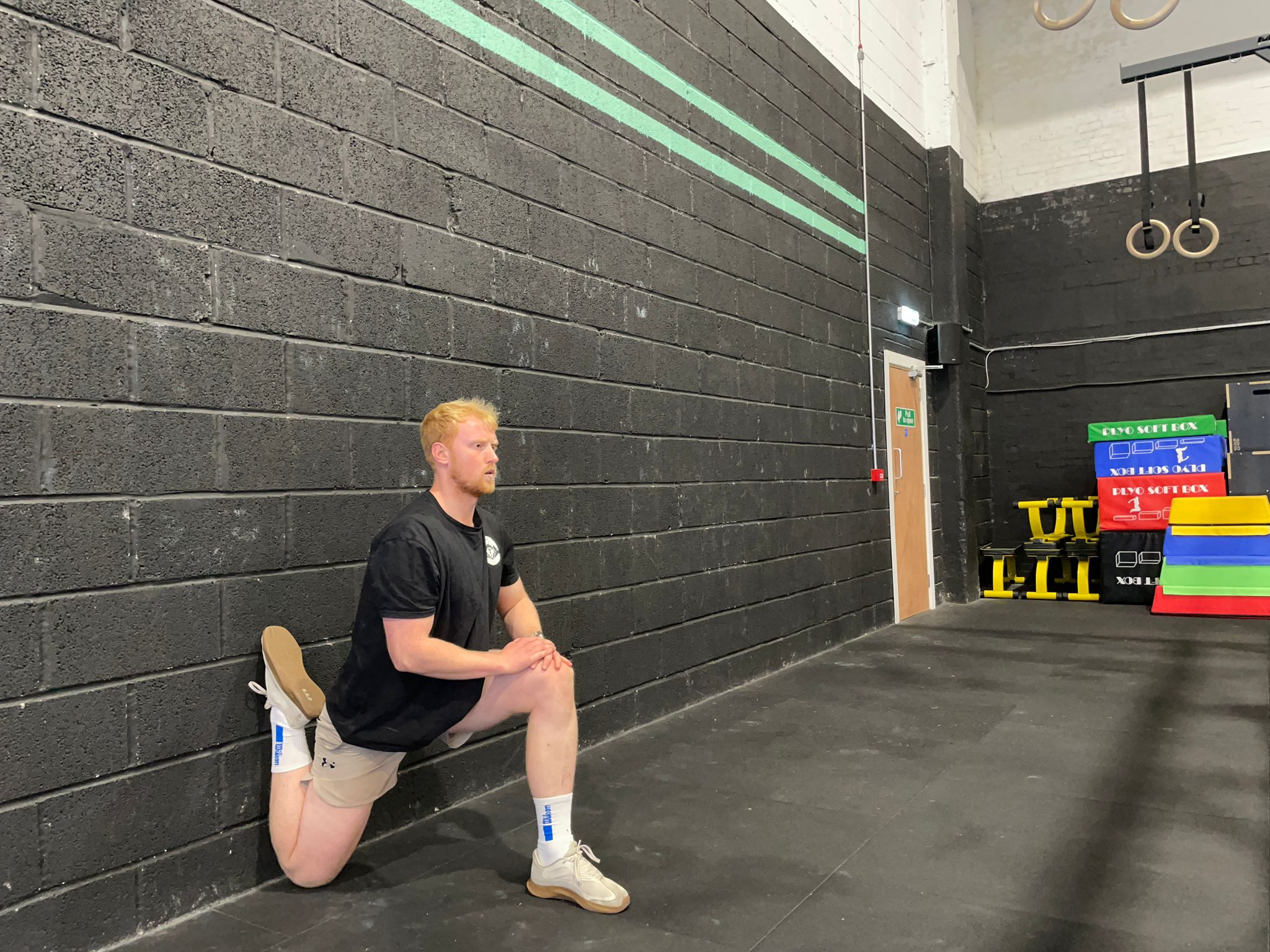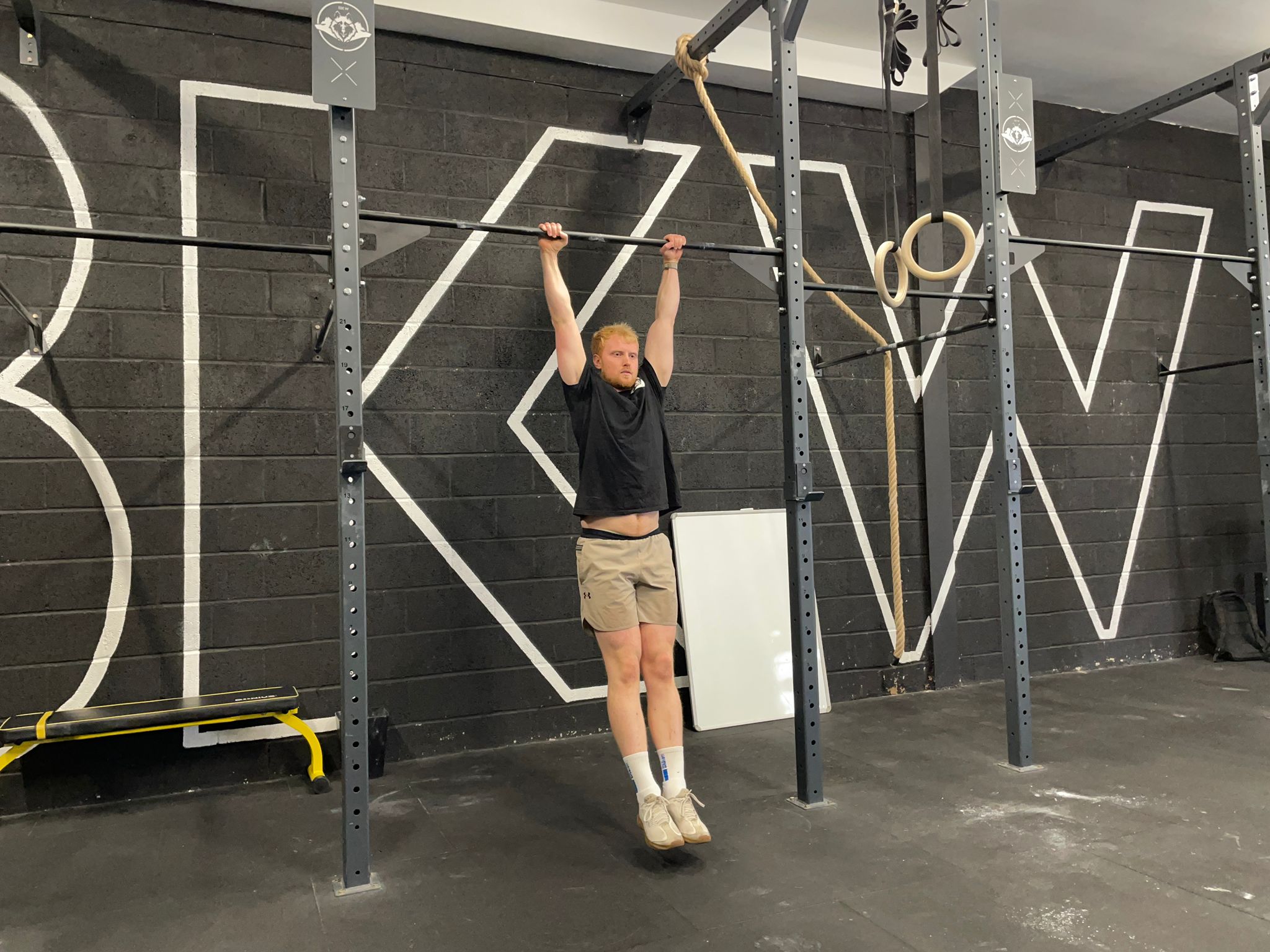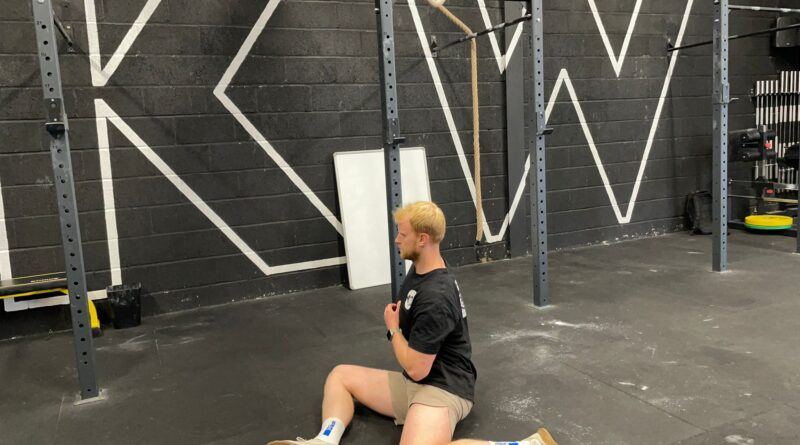Five steps you should take every day, according to an expert
If you want to add some emotional movement to your day, but for whatever reason, you don’t always have time to exercise, you don’t have to commit to long or sweaty HIIT. Stretching can be a welcome alternative, helping to soothe sore muscles and providing a welcome relief from the stress of a busy schedule. Everyone can benefit from stretching and the good news is that it’s easy to do.
If you’re wondering where to start, why not try this seven-minute routine from fitness guru Tom Merrick – best known for his million YouTube subscribers as a Bodyweight Champion?
“For many people, the great benefit they will get from it [stretching to develop] flexibility is the feeling of losing restrictions and gaining the freedom to be able to move, even if that is just to bend down to pick something up or play with the children,” he says.
Below, Merrick shares five exercises he does every day and encourages everyone to ease tight hips, improve shoulder health and improve knee flexibility. waist and ankles.
Five steps you should take every day
1. The 90/90
“90/90 is one of my favorite generals for hips,” Merrick says. “It touches every part you’ll need, including internal and external rotation of the joint, with the aim of bringing more movement and awareness to the hip.”
He says that many of the people he sees are “too boxed in at the waist”. As a result, “their spine ends up doing more movement for them”.
“Also, if you’re sitting a lot during the day, you’re going to get stress and tightness in the glutes, and they’re going to have an impact on other lower body positions like the squat,” Merrick adds. “If we can move more at the waist, I’ve found that’s one of the best ways to help people feel more free and move better.”

How to do it
- Sit up straight with your right thigh perpendicular to your torso and your left thigh directly in front of you. Both of your knees should form a right angle, and your hands can be placed on the floor behind you for support.
- From here, lift both knees so that they point to the ceiling, then allow them to fall to one side so that your left thigh is perpendicular to your torso and your right thigh is extended in front of you.
- Continue alternating between these two positions, holding each side for several deep breaths, for 90 seconds to two minutes.
- In the video above, Merrick shows some techniques you can use to lift or target specific muscles and movements.
2. Straight sofa
This is another stretch that targets the hip flexors – the muscles around the pelvis, which are responsible for bringing your knees to your chest – as well as the quadriceps in the front of the thigh.
“If you do sports like running and cycling, or sit for long periods of time, it can cause this tightening of the quad and hip flexors,” Merrick says.
“The nature of these events means that they encourage a more proactive, assertive environment [of the hips]. Stretching in bed provides an expanded position – a different experience than what you are used to every day.
“It’s also great because the hip extension won’t involve bending the knee [bending]it will stretch our rectus femoris – part of the quad muscle.”

How to do it
- Place your left knee on the floor against the wall so that your shin extends upwards.
- Move your right leg forward so that you are in a lunge position, and your left thigh and torso form a straight line. Think about flexing your hips by squeezing your glutes, and try to pull your back knee forward to align your hip flexors.
- Place your hands on the inside of your right leg, under your shoulders, for support.
- Hold this position for 60 to 90 seconds on each side.
- You can deepen this curve by moving your body straight.
Merrick says the bed stretch can be adapted to suit most fitness levels. If you are new to flexibility training, you can start by placing your hands on the floor for support and leaning forward on your front leg. As your flexibility increases, you can sit more straight to increase hip extension and knee flexion.
3. The squat
This may sound like more of a strength-building exercise than a stretch, but Merrick says that being able to hold a solid squat position “shows reasonable flexibility in several joints, including the ankle.” , knee and hip”.
He adds: “This is the basic human condition, and it is good for a person to be able to access it. “If you’re going to do any kind of resistance training, you’re probably going to come across the squat, and if you have kids or you want to pick something up off the ground, you’re going to want to be able to reach this level.” it’s low.”

How to do it
- Stand with your feet hip-width apart and your toes pointed slightly outward.
- Keeping your chest up and spine long, sink your hips into a deep squat position.
- If you find yourself falling back, or unable to keep your chest up and your back long during the squat, hold the solid end of the anchor in front of you for extra support.
- Hold this position for 60 to 120 seconds, or watch Merricks’ video for other variations to try.
Most people will find themselves falling behind when trying to get into a deep squat position, Merrick says. This is due to the lack of flexibility in the ankles or hips, which forces the back to round and more weight to be placed on the back of the squat.
To fix this, he recommends practicing sitting in a deep squat position while holding the solid end of the anchor in front of you, focusing on keeping your chest up and maintaining good posture.
“This comes down to SAID [specific adaptation to imposed demand] principle,” says Merrick. “If you want to get better at X, do more X, so find a way to squat comfortably, then you can spend time moving, moving, and trying to stretch properly.”
Read more: Why squats should be a core part of your workout, according to a professional trainer
4. The once
Like the squat before it, Merrick says the squat covers a lot of bases. It can help with flexibility for improved shoulder health, stretches many muscles around the shoulder joint including the latissimus dorsi in the back and the pectorals in the chest, and provides flexibility to the bone. back
“During the day we can get a lot of stress on the back just from being on our feet, moving around, sitting down,” he explains. “The suspension allows gravity to pull that spine and lengthen it.”

How to do it
- Hold the pull-up stand with an overhand grip and your hands shoulder-width apart.
- Take your feet off the floor to support your weight with a grip.
- Imagine pulling your chest in to create an upright posture.
- Hold this position for 30 to 60 seconds.
- If you can’t support your body weight, use a low pull-up position and keep your feet on the ground to support some of your weight.
- Gradually reduce the weight taken by your legs over time to continue this movement.
Hanging can also improve your grip strength, identified as an “important biomarker” for older adults in a review published in the journal Clinical Interventions in Aging. This is because it shows overall general strength, bone mass and other important health indicators.
“We know that grip strength is very important, for sports but also for longevity,” Merrick says. “From hanging, we will naturally build some strength – being able to hang for 30 to 60 seconds will be a good goal for most people.”
5. The elephant enters the pike hold
The hamstrings are large muscles that run down the back of the thigh. When working with people to improve their flexibility, Merrick says that stiffness in this area is one of the main barriers to a client’s freedom of movement.
“If you want to work more advanced, the hamstrings are almost like a lock. If you unlock them, it makes the hips move and move more freely, which will make you feel you’re generally flexible for things like squats. So stretching the hamstrings in one way or another is great.”
He says the elephant walk, where you reach down and stretch one leg at a time to stretch your muscles and move your hips, is his favorite place to achieve this.

How to do it
- Stand straight with your knees straight, then stretch your arms out in front of you.
- With your hands on the ground for support, straighten your left leg while your right knee is slightly bent.
- Hold this position for a second, then switch sides.
- Continue doing this for 60 seconds, then straighten both legs and try to place your hands on the back of your lower legs, using them to pull you deeper into the stretch.
- Hold this position for 30 to 60 seconds.
Should you try stretching?
Stretching shouldn’t be your only form of exercise – strength training and getting your heart rate up with some form of cardio are important tools in building a lean, efficient body. But stretching can be a great way to enjoy a comfortable range of motion while enjoying the many benefits listed above.
“It’s universal, everyone can benefit from stretching,” Merrick says. “The benefits really depend on the application. If you lift weights or do a lot of other sports, the ability to put your hands over your head and bend down are two very important factors.”
“And we’re all going to have to pick something up off the floor at some point, so you want to be able to touch the floor in a non-trivial way – ideally you’ll be able to bring your hands down with your legs straight. If you can do those three, you will be more than capable of taking on anything life throws at you. ”
Read more: These are the 10 best foam rollers for muscle relaxation, tried and tested
#steps #day #expert
